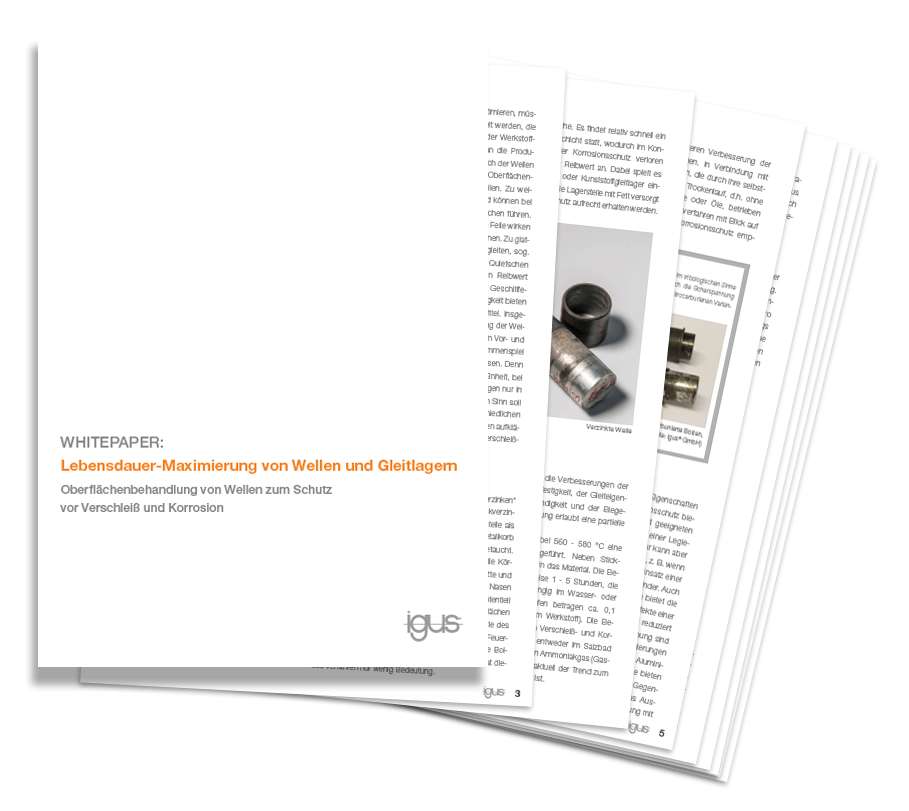This is how you protect shafts from wear and corrosion
Lars Butenschön | 12. March 2020

And again the working platform cracks, squeaks and crunches when the hydraulics are actuated. If noise is generated during operation or the device even jams, it is often already too late. Once you (or the appointed service technician) have located and dismantled the bearing, it often flashes and shines at you. Something like that! A spotlessly polished shaft! All right, a lot of scratches … . And brightly polished only because the layer applied to protect against corrosion has abraded and fallen out of the bearing as dust. And there is also nothing left of the plain bearing, which according to the manufacturer’s documentation was actually there to protect that precious shaft from damage due to wear and corrosion.
Causes for wear and corrosion of shafts
The main cause of premature failure of machines and plant and especially their bearing points is incorrect lubrication and maintenance. Noticed too late, wear and tear of shafts and other important elements is a threat. Expensive relubrication systems or maintenance-free plain bearings, for example, can help here. The switch to maintenance-free plain bearings is easy. The bearings are cost-effective to purchase and can be replaced quickly. The choice of different plain bearing materials is enormous and seems to have the right solution for every situation – from high loads to exotic glide surfaces such as shafts made of carbon fibres.
The right combination makes it
Practice has shown that, in addition to the known parameters such as load and rotational speed, the surface quality and condition of the shafts running in the plain bearings have a particular effect on the service life of the bearing points. In our white paper, we have therefore dealt in detail with the wear properties of various common shafts and analysed the results for you. Enjoy reading!

